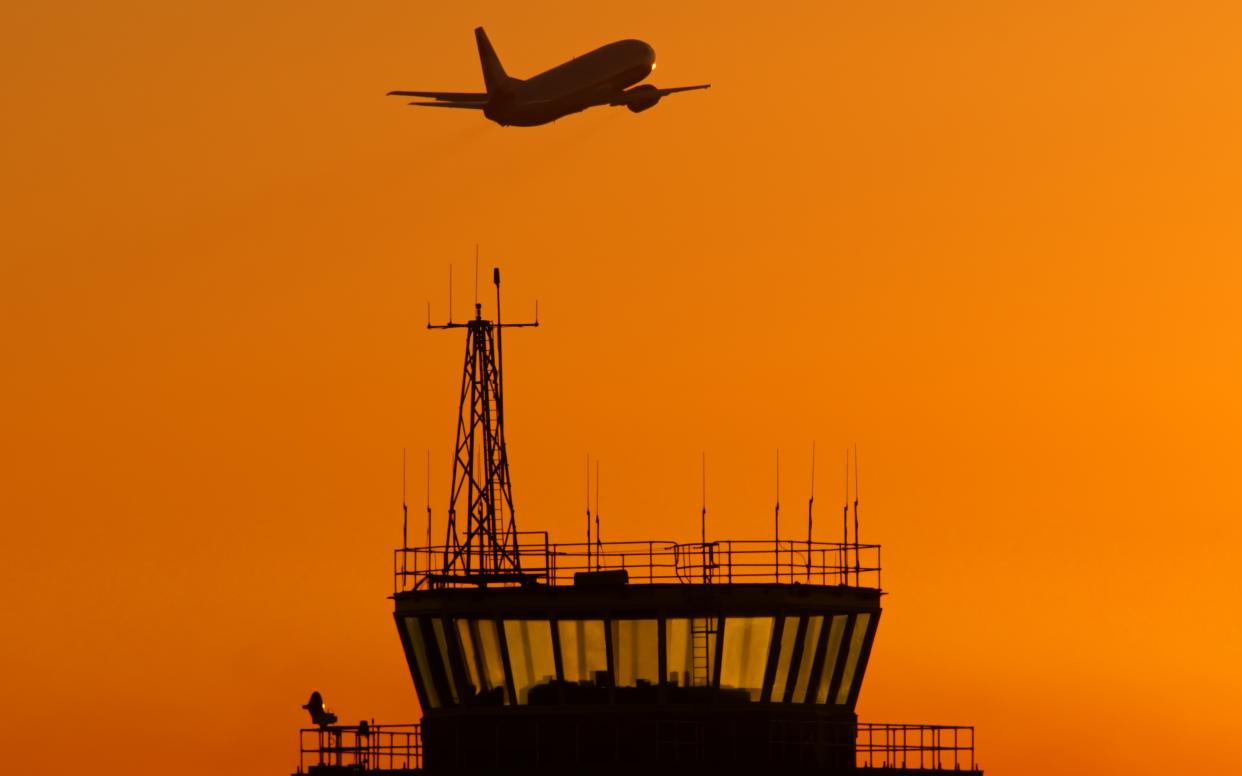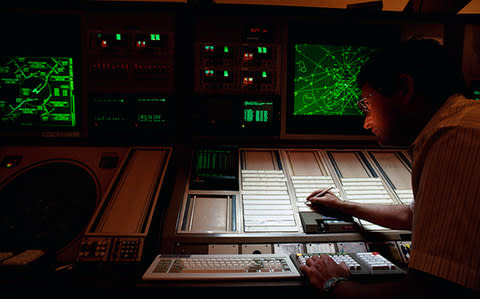Flight delays possible as UK's air traffic controllers switch from paper to digital

Holidaymakers have been warned of the prospect of flight delays this week as the body in charge of much of the UK’s airspace banishes paper from its control centre as part of a £700 million transformation in the way Britain’s skies are governed.
Paper flight strips, used by air traffic controllers to document instructions given to pilots in the airspace sector they are managing, are being replaced this week by an electronic system called EXCDS in a historic move for the Swanwick base of Nats, the UK’s leading air traffic control provider.
The operation at Swanwick, responsible for all air traffic across 200,000 square miles in and out of London and the south-east - and handling some 1.8 million flights a year - is the culmination of months of planning between Nats, airports and airlines to ensure the switch is as smooth as possible.

Airlines have agreed to reduce airspace capacity to 80 per cent for the first 10 days, from Tuesday, then 90 per cent for the next 10, before returning to normal. Nats says this has the potential to cause flight delays at peak times of up to 20 minutes.
“According to the analytics we have run, for those flights that are delayed, and many flights will not be, it is around 20 minutes at those peak times,” explained Jamie Hutchison, director at Nats Swanwick. “For the following 10 days that halves to around 10 minutes, and after 20 days we return to full capacity.”
“This is really quite a significant change for the controllers - and change is always difficult - but broadly the feedback has been very positive because they see the benefits.”
At a glance | What is air traffic control?
Nats has compared the potential disruption to that of closing down one lane of a motorway to allow for works.
The air traffic control provider has asked the Government for flexibility on usual limits on late night or early morning flights to help with the capacity reductions, meaning “there will be some impact on the communities around Heathrow and Gatwick who may hear flights earlier in the morning or later at night during the first ten days of transition”.
Hutchison says the shift to the electronic system provides the building blocks necessary to modernise an airspace structure largely untouched since the Fifties and increasingly under strain as more and more flights take to the skies.
The transition from paper to digital has several effects on the control room at Swanwick. It will be a lot quieter as the clack of moving around the plastic housing of the paper flight strips disappears, nor will printers producing the strips be whirring. It also reduces the need for controllers to telephone their colleagues managing adjacent sectors of the movements of an aircraft, as all information will be transferred electronically.
20 things I've learnt since becoming an air traffic controller
Nats says one of the key safety benefits of the new system will be the alerts that sound should a pilot input an altitude into an aircraft cockpit that does not tally with that instructed by the air traffic controller - known in the business as a “level bust”.
“Safety is in every controller’s DNA, and they can see the benefit of the new system,” said Hutchison, adding that each controller - of which Swanwick has 285 - has undergone up to nine days of training to work with EXCDS.
“Air space is becoming increasingly strained and the new system reduces controller workload from the point of view that information is being electronically carried forward from one sector to the next. That creates a bit more thinking time for controllers which can translate to capacity.”

This week’s transition covers the approaches of both Heathrow and Gatwick, the UK’s two busiest airports, and promises to be the largest - and third - of five carried out by Nats. Last November the system governing the air space north of London was switched successfully.
The Department for Transport is in agreement with Nats that the UK airspace needs to be modernised to prevent larger and more frequent delays in the future.

